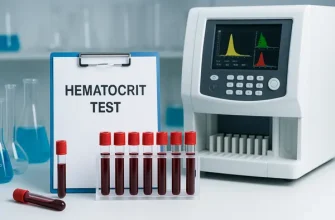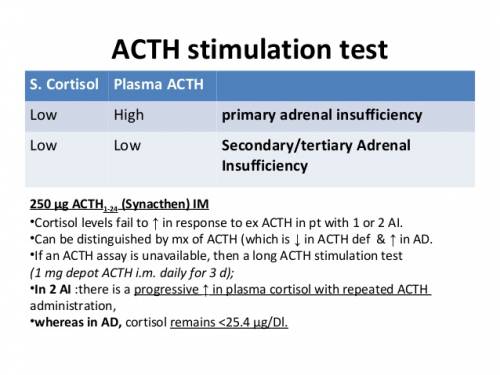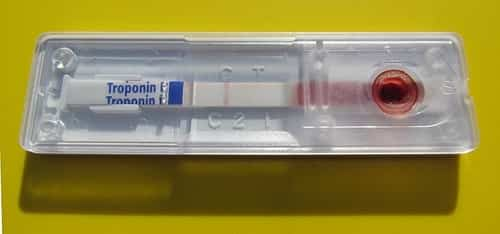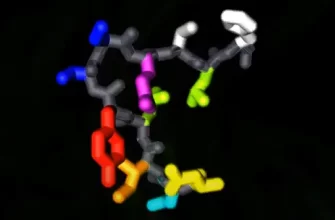Prothrombin Time (PT) is a blood test that measures how long it takes for your blood to clot. It evaluates the presence and activity of clotting factors, specifically focusing on the extrinsic and common pathways of coagulation. This test is often used to assess bleeding disorders and monitor patients taking blood-thinning medications like warfarin.
Prevalence of Clotting Disorders by Age Group
| Age Group | Prevalence (%) |
|---|---|
| 0-20 years | 10% |
| 21-40 years | 20% |
| 41-60 years | 35% |
| 61-80 years | 50% |
| 81+ years | 65% |
This chart illustrates the prevalence of clotting disorders across different age groups. The data shows an increasing trend, with older populations being more affected by clotting disorders.
Why Is PT Important?
Blood clotting is a critical process that prevents excessive bleeding from injuries. However, abnormalities in clotting can lead to dangerous conditions such as deep vein thrombosis (DVT) or excessive bleeding disorders like hemophilia. A PT test helps healthcare providers:
- Diagnose bleeding disorders: For example, a 35-year-old woman in California who experienced frequent unexplained bruising and heavy periods was diagnosed with von Willebrand disease after undergoing a PT test.
- Monitor anticoagulation therapy (e.g., warfarin use): A 70-year-old retired teacher in Florida who had a history of deep vein thrombosis required regular PT testing to adjust his warfarin dose and prevent excessive bleeding or clot formation.
- Assess liver function (as the liver produces clotting factors): A 50-year-old businessman in New York noticed persistent fatigue and yellowing of the skin. His doctor ordered a PT test, which revealed prolonged clotting time, leading to a diagnosis of liver cirrhosis.
- Evaluate Vitamin K levels, which are essential for proper clotting: A 25-year-old vegan in Oregon who followed a strict diet without vitamin K-rich foods experienced prolonged bleeding from minor cuts. A PT test confirmed vitamin K deficiency, which was corrected with dietary changes and supplements.
How Is the PT Test Performed?
The PT test requires a simple blood draw, usually from a vein in your arm. The sample is then analyzed in a laboratory where a reagent, typically thromboplastin, is added to measure the time it takes for the blood to clot. The result is reported in seconds and often converted into an International Normalized Ratio (INR) to standardize results across different labs.
Normal and Abnormal PT Levels
| Condition | PT Time | Possible Causes |
|---|---|---|
| Normal PT | 10-13 seconds | Healthy clotting function |
| Prolonged PT | >13 seconds | Liver disease, vitamin K deficiency, blood thinners, clotting disorders |
| Shortened PT | <10 seconds | High clotting tendency, excessive vitamin K |
A prolonged PT may indicate a higher risk of bleeding, while a shortened PT suggests a risk of excessive clotting, which could lead to strokes or heart attacks.
PT vs. PTT: What’s the Difference?
The Partial Thromboplastin Time (PTT) test is another blood test that evaluates clotting but focuses on the intrinsic pathway instead of the extrinsic one. While PT is often used to monitor warfarin therapy, PTT is typically used for patients on heparin. In some cases, both tests are ordered together for a comprehensive clotting assessment.
Factors That Can Affect PT Results
Several factors can influence PT test results, including:
- Medications: Warfarin, antibiotics, and some heart medications can prolong PT. Warfarin is commonly prescribed for individuals with atrial fibrillation or deep vein thrombosis. Those on long-term antibiotics may experience vitamin K deficiencies, indirectly affecting PT levels.
- Diet: Foods rich in vitamin K (leafy greens) can shorten PT. Consuming large amounts of kale, spinach, or broccoli may counteract the effects of warfarin, leading to unstable PT levels.
- Liver Function: Liver diseases impair clotting factor production, increasing PT. Patients with cirrhosis, hepatitis, or liver failure often exhibit prolonged PT, as their liver struggles to synthesize clotting proteins.
- Genetics: Certain inherited conditions may affect clotting function. Conditions such as Factor VII deficiency or von Willebrand disease can result in an increased PT, making individuals more prone to excessive bleeding. These disorders are more commonly diagnosed in families with a history of clotting abnormalities.
Common Causes of Prolonged PT
The chart highlights the most common causes of prolonged prothrombin time (PT), showing their relative prevalence. Liver disease and warfarin use are among the leading factors contributing to extended clotting times.
When Should You Get a PT Test?
Your doctor may recommend a PT test if you experience:
- Unexplained bruising or bleeding (e.g., noticing large bruises without any known injury, like a 45-year-old teacher in Chicago who discovered unexplained bruising on her legs)
- Heavy menstrual periods (such as a 32-year-old woman in Texas who experienced prolonged and intense bleeding requiring medical attention)
- Blood in urine or stool (for instance, a 60-year-old man in Florida who found blood in his stool, later diagnosed with a clotting disorder)
- Frequent nosebleeds (like an 18-year-old athlete in California who had recurrent nosebleeds, leading to a PT test and diagnosis of a mild clotting deficiency)
- Suspected liver disease (such as a 50-year-old business executive in New York who underwent a PT test due to jaundice and fatigue, revealing impaired clotting function)
- Warfarin therapy monitoring (e.g., a 70-year-old woman on blood thinners after a stroke, needing regular PT tests to maintain safe medication levels)
Editorial Advice
Prothrombin Time (PT) is an essential test for diagnosing clotting disorders and ensuring safe anticoagulant therapy. If your PT is outside the normal range, don’t panic—your doctor will interpret the results based on your overall health and medical history. If you’re on warfarin, maintaining a consistent vitamin K intake and following your doctor’s dosage recommendations can help stabilize your PT levels.
Dietary Influence on PT
| Dietary Factor | Impact on PT (%) |
|---|---|
| Vitamin K Intake (High) | 80% |
| Vitamin K Deficiency | 65% |
| Omega-3 Fatty Acids | 45% |
| Green Tea Consumption | 30% |
This chart illustrates the impact of dietary factors on prothrombin time (PT). Higher vitamin K intake reduces PT, while deficiencies and other dietary choices influence clotting times in various ways.
As a health care advisor, I strongly recommend discussing any PT abnormalities with your physician to ensure optimal treatment and monitoring. — Reyus Mammadli








